Over 500 species of birds have been recorded in Hong Kong, which is around five percent of all the world’s bird species – a remarkable figure that partly reflects the sub-tropical climate, setting on the south China coast, and the variety of habitats: places for wildlife including birds.
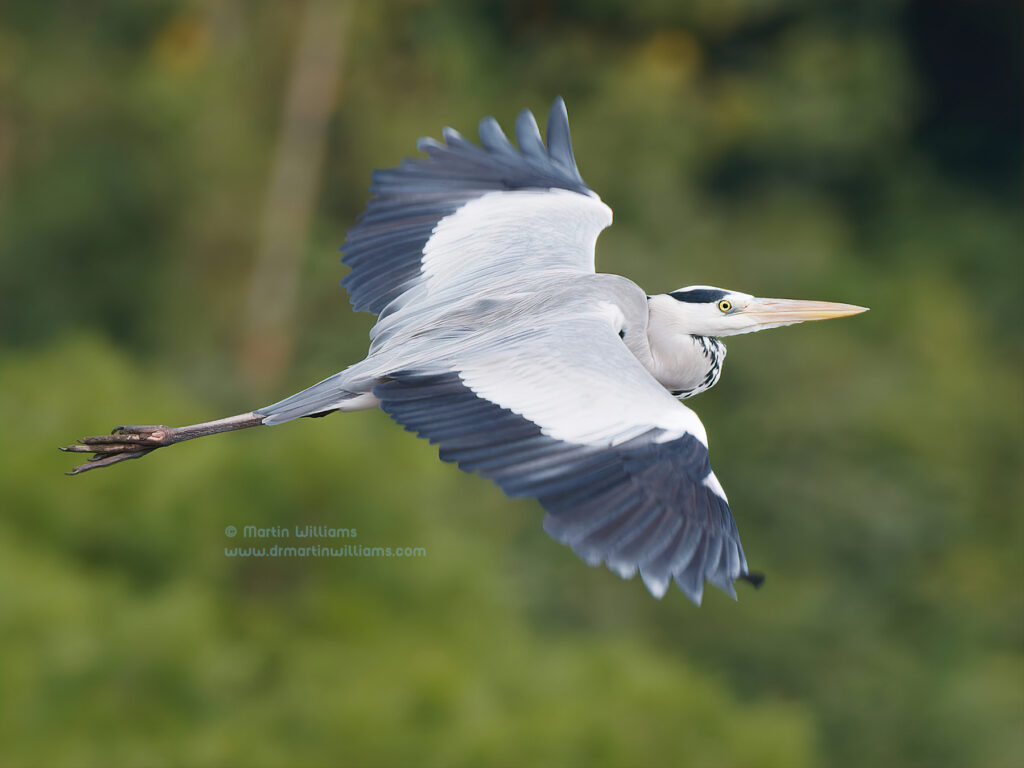
With Hong Kong birds varying in size from songbirds less than 10cm long, to herons taller than toddlers (providing the latter are under a metre tall, that is!), they can be fascinating to see. Some have spectacular colours and extravagant plumes, as if ready made for photography. But no photograph can capture the way certain birds appear to have personalities, nor the wonderfully wide repertoire of songs and calls of Hong Kong birds.
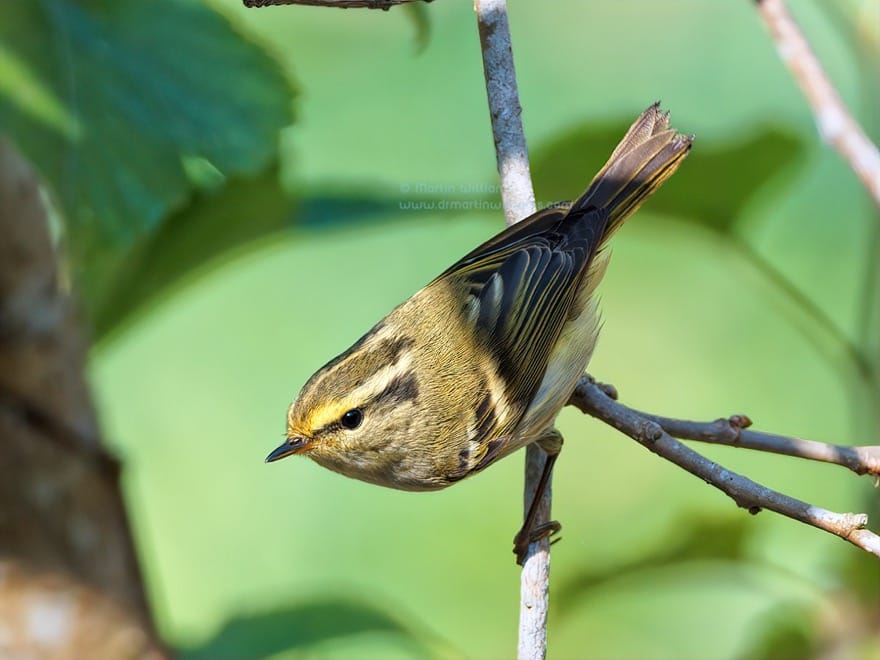
“Bird watching enables people to make new discoveries all the time such as identifying new species, seeing new bird behaviours, going to new places with unfamiliar habitats ,” says Lam Chiu-ying, who was chairman of the Hong Kong Birdwatching Society from 1997 to 2004, and pioneered and promoted birdwatching by local people, propelling society membership from 300 to over 1000. Lam emails a whole list of benefits of birdwatching – “it takes people outdoors, improves health, enhances appreciation of the beauty of nature and LIFE, makes people happy, improves social life (knowing more friends irrespective of class), improves general well-being, makes people more observant, generally raises the level of awareness of the person’s mind, widens one’s world-view” – along with the comment: “Too many good things!”
Which maybe gives an inkling of what makes birdwatching special – maybe starting out as a casual “hobby”, with potential for developing into a full-blown, lifelong passion.
Hopefully, your interest is piqued and you’d like to try watching birds here. Great! Especially as this is a prime time to be out looking for them, with winter visitors present, along with year-round residents.
So, where to look for birds? The obvious places are hotspots like Mai Po Marshes and Tai Po Kau Forest Reserve. But there’s a multitude of birds to be found across Hong Kong, and many birdwatchers have a place or two near home which they watch regularly – a place known in birdwatching terms as a “local patch”.
Get equipped, and pick a patch
Binoculars are almost essential for birdwatching, and a field guide is important for identifying species. It’s best to avoid wearing white, and “loud” colours.
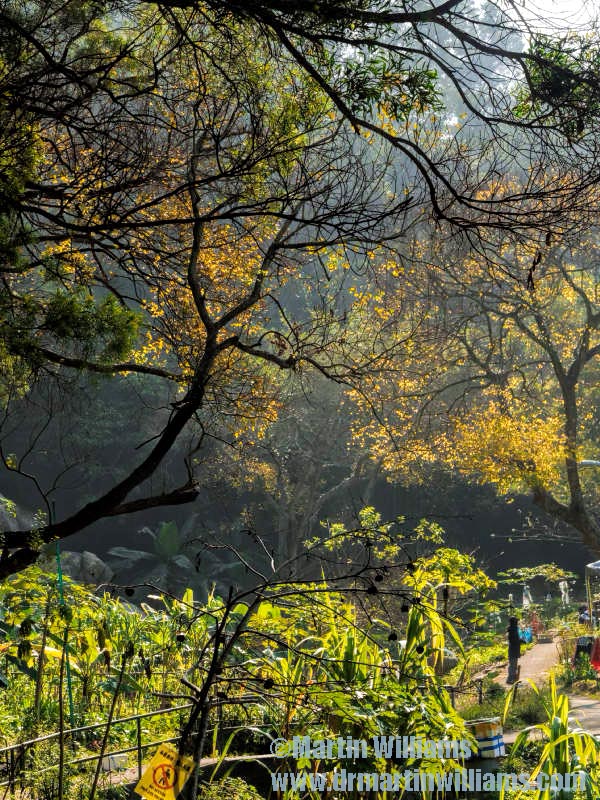
A potential local patch should have some trees, along with perhaps a stream, a pond, maybe some unkempt vegetation. Hong Kong birdwatchers have patches ranging from city parks to woods and fields by far flung villages. I live on Cheung Chau, and often birdwatch in the island’s small woods and valleys. Hong Kong Island resident Andrew Hardacre notes that his local patch involves a walk, “From my home in Mid Levels to Lung Fu Shan via the Peak,” and he might visit there four days a week.
As to why he keeps going there, Hardacre explains, “There’s always something different and it gives you a feel for the rhythm of the seasons. If there are no birds, then I find insect life in abundance, spectacular plants, scenery, and good exercise! I meet interesting people too.”
Expect common birds first
It may take a few minutes in the potential patch, but soon you should see birds. Bulbuls seem forever cheerful, calling and chattering away. There might be magpie robins hopping on the ground. Spotted doves shuffle on grassy areas.
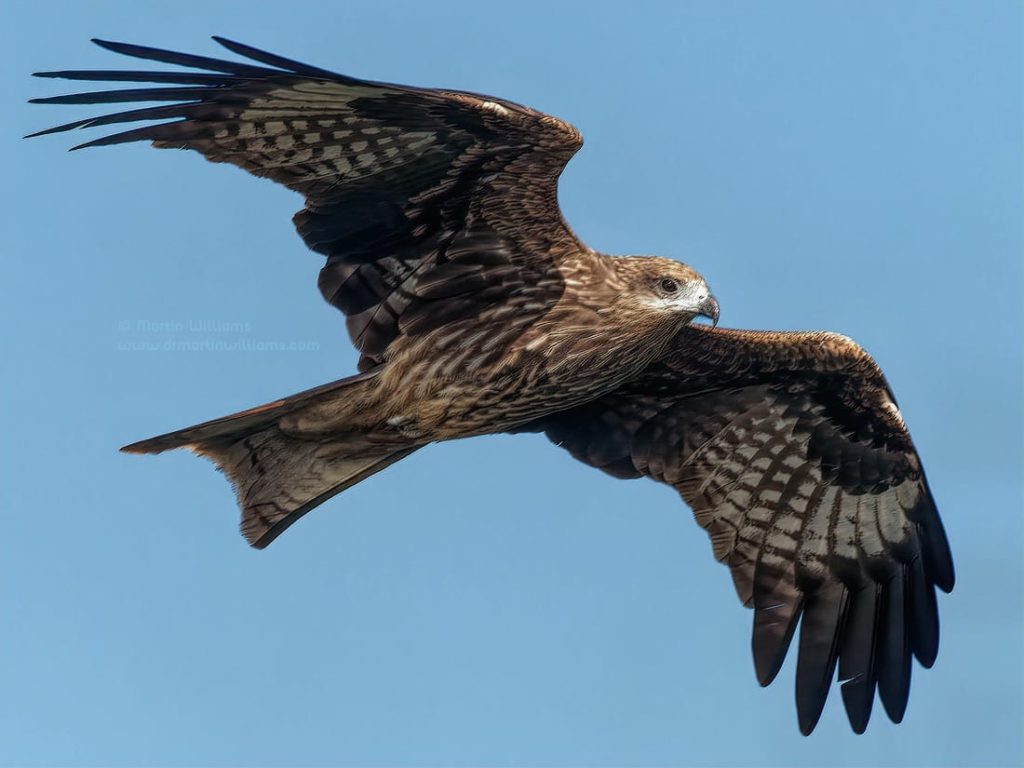
Plus, you can expect small songbirds seeking insects in tree canopies and other foliage, including warblers that breed in Russia but spend winter in Hong Kong. Look up, to find black kites soaring overhead.
There’s plenty more to find, too, in the “common and widespread” category of Hong Kong birdlife.
Walk after birds or let birds come to you
Much as there’s a wide variety of birds to find, there are also different ways to watch them. Typically, local patch birdwatching involves simply walking around, to discover which birds can be seen and heard.
But for Guy Miller on Lamma, “My thing is not to walk around looking for birds but to wait, and wait, and wait until they come to me.” And recently, this has involved building ponds that attract birds to drink and bathe, and spending two to six hours per day in a hide he has built to, to watch and take photograph the arrivals. “I enjoy seeing and photographing birds in a way that most other birders cannot imagine,” he writes. “It’s all about close proximity and being enveloped in what’s going on.”
Onwards, to patches new
Continue birdwatching – gravitating to birding, as aficionados call it, and you’ll find that some individual birds seem almost fixed to their own patches, maybe favouring just a few trees and bushes, but others just turn up unexpectedly, especially winter visitors that roam in search of better feeding spots.
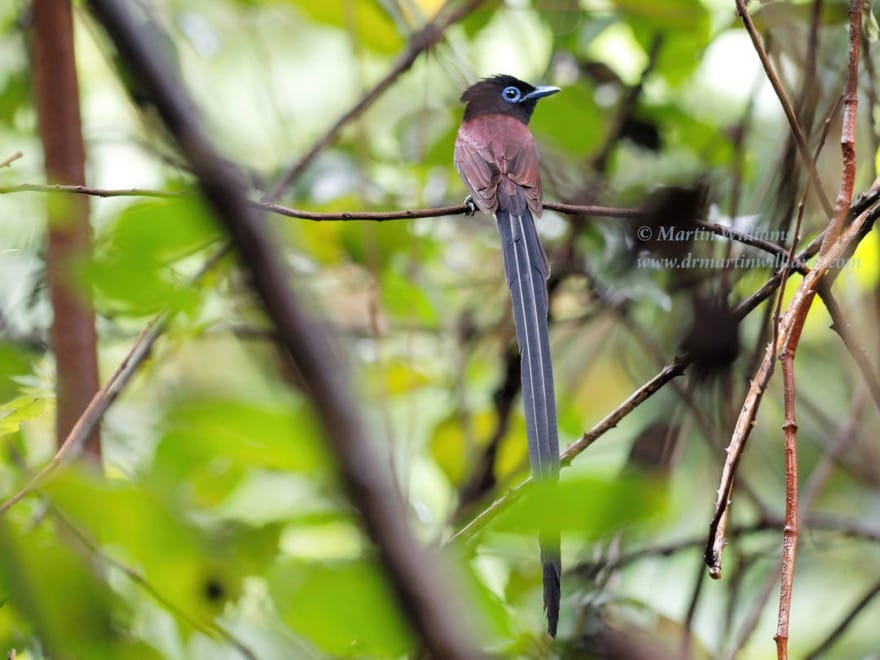
During March and April, most winter birds will depart for their northern breeding grounds, but a host of other species are to be found as well, especially long range migrants that stopover briefly, before continuing journeys to places as far as Siberia.
Enthusiasts share information on sightings online, such as on the Hong Kong Birdwatching Society forum, and Whatsapp groups including one called Local Patchers.
Abdel Bizid, founder of this Whatsapp group, describes himself as, “More of an opportunistic birder, if you like… Birding while hiking or looking for birds and butterflies or orchids. I like Lam Tsuen, Po Toi, areas south of Lantau Peak and north of Sunset Peak.”
Perhaps you’ll find areas that likewise appeal to you, along with making at least one trip to Mai Po for the spectacular birds and bird spectacles. Then, it may be time to seek new birds overseas, seeking denizens of distant rainforests, deserts and islands, before returning home, and going out to check what’s new in the local patch.
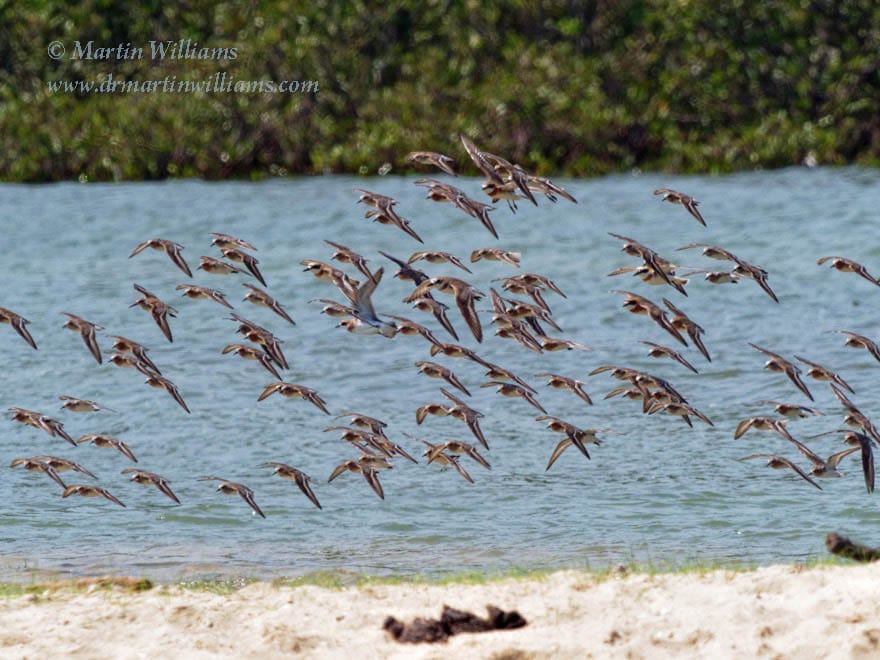
On Gear and Info
If you decide to buy binoculars, it’s best to choose 8x or 10x magnification, and consider paying more for optical and build quality. The Birds of Hong Kong and South China by Clive Viney, Karen Phillipps and Lam Chiu Ying is the key field guide [a new edition was published by Hong Kong Bird Watching Society in 2022]; though other guides include A photographic guide to birds of Hong Kong, and A Naturalist’s Guide to the Birds of Hong Kong by Ray Tipper.
The Hong Kong Birdwatching Society is well worth joining, including for bulletins and an annual report.; so too WWF Hong Kong, especially if you would like to visit Mai Po Marshes [though massively hiked the membership fee in 2021, as if exclusively for affluent people].
[Written for the South China Morning Post.]






















































































